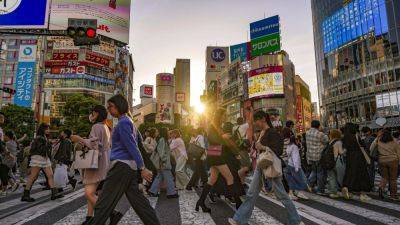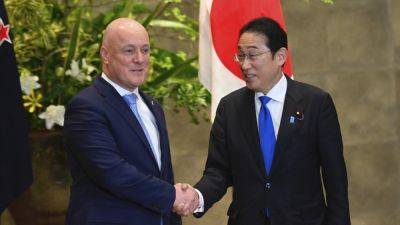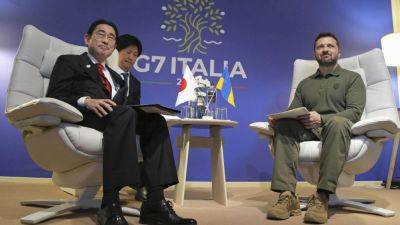Japan Likes Tourists, Just Not This Many
On two recent occasions, a foreign tourist walked into Shoji Matsumoto’s barbershop, through a front door that grates loudly when opened more than halfway, wanting a haircut.
One was Italian, the other British. Mr. Matsumoto, who is 75 and speaks neither of their languages, didn’t know what to tell them. He picked up his scissors and began to cut, hoping that his decades of experience would carry him through the stilted encounters.
Tourists, propelled in part by a weak yen that makes their money go further in Japan, have been pouring into the country ever since it eased its coronavirus-related entry restrictions in 2022. Some officials, including Prime Minister Fumio Kishida, have raised concerns about overtourism. In March, there were more than three million international arrivals, a monthly record, and a more than 10 percent jump compared with March 2019.
Nearly two thirds of international visitors tend to be from South Korea, Taiwan and China. Last year, spending from foreign tourists made up about 9 percent of Japan’s gross domestic product.
Popular sites in cities like Kyoto, Japan’s ancient royal capital, feel increasingly unmanageable. Visitors are spilling into previously untouristed places, like small towns near Mount Fuji or the commercial district of Kyoto where Mr. Matsumoto cuts hair.






